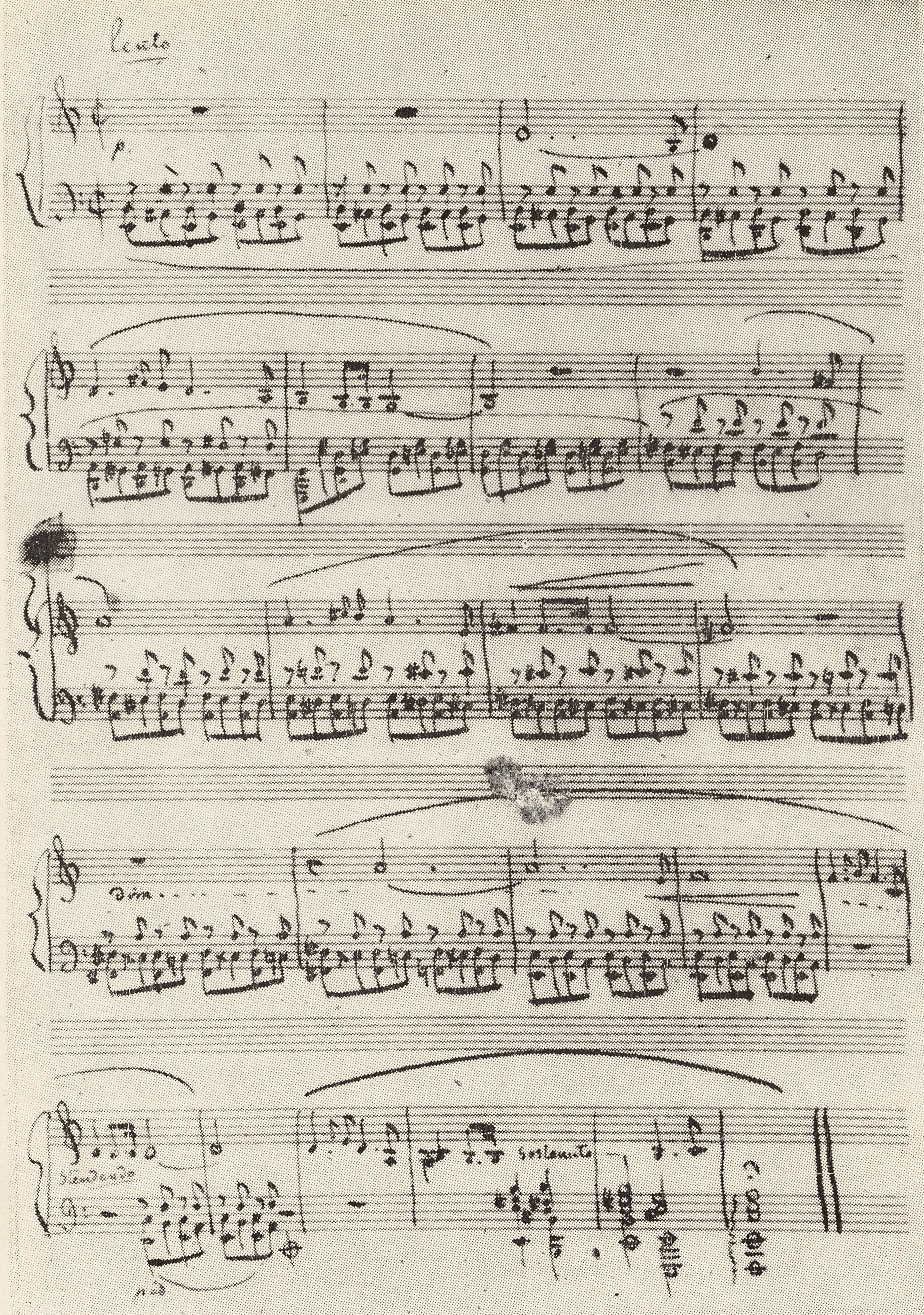



|
|
||
|
|
||
|
|
Different grace notes in FES |
In the main text we give the grace notes in b. 5, 10, 17 and 20 in the form of non-slashed grace notes, in accordance with the notation of A (→FE→EE). However, in this context, it does not mean a performance that would be radically different from a common, slashed grace note, which is indicated by:
- the correction of rhythm in b. 10 visible in As, in which Chopin replaced the initially written 2 semiquavers with a grace note and a quaver;
- the grace notes in b. 17 and 20 in FES having been slashed, probably by Chopin, most probably in order to correct the wrong, too lengthy performance;
- the notation of grace notes by Chopin, not always precise; he would sometimes use them interchangeably, not being concerned about a possible difference between the performance of slashed and non-slashed grace notes (cf., e.g. the Polonaise in C
 Minor, Op. 26 No. 1, b. 11 and 36).
Minor, Op. 26 No. 1, b. 11 and 36).
According to us, taking into account the tempo and character of the music and all the above factors, one can recommend the following rhythmic solution of this detail:  .
.
Compare the passage in the sources »
category imprint: Differences between sources
issues: Notation of grace notes, Fontana's revisions
notation: Ornaments

